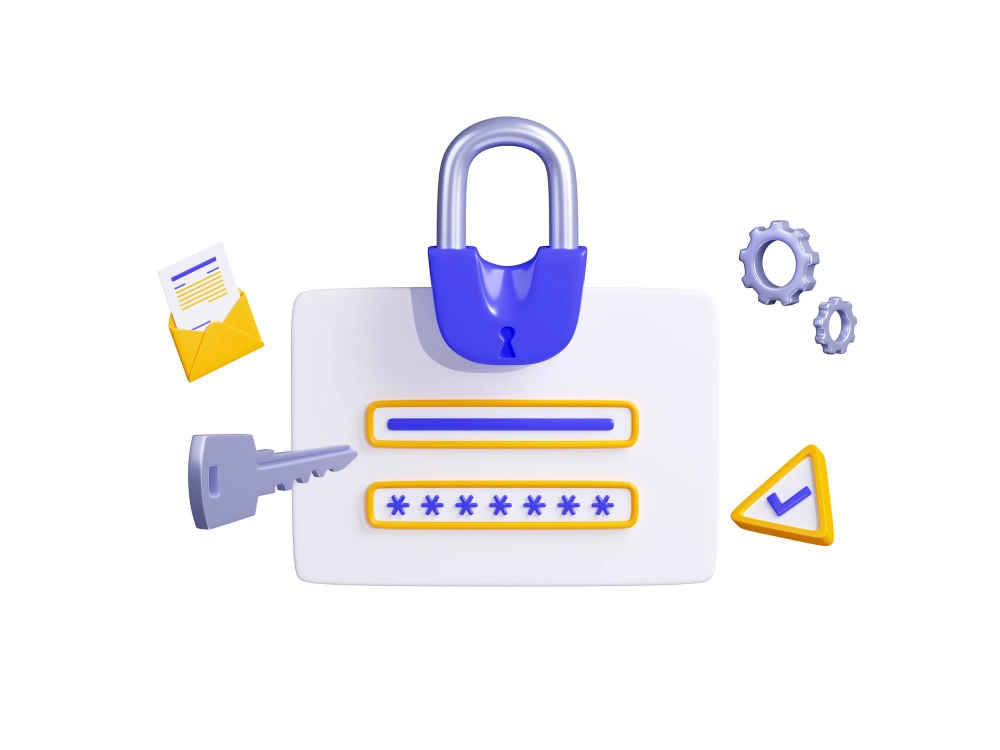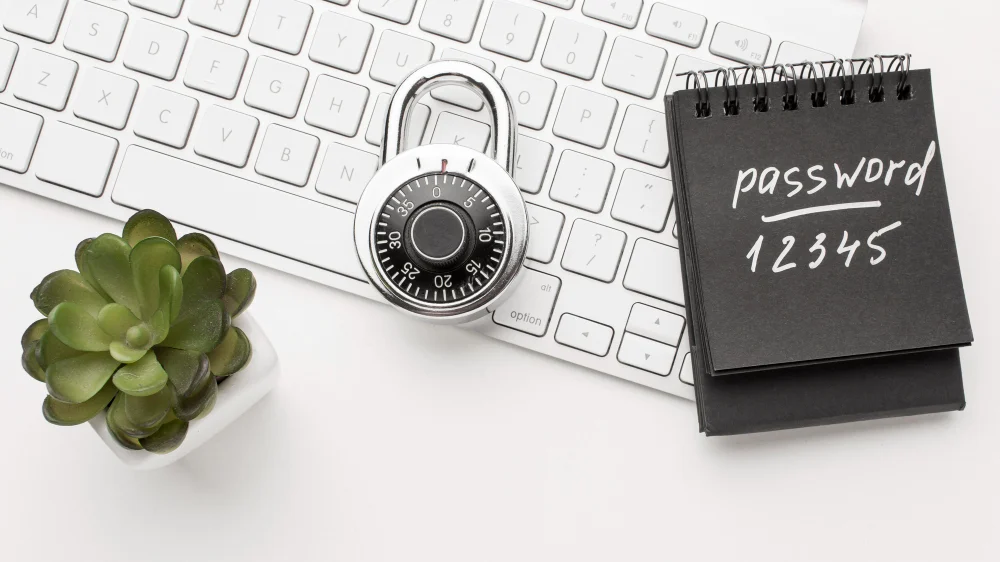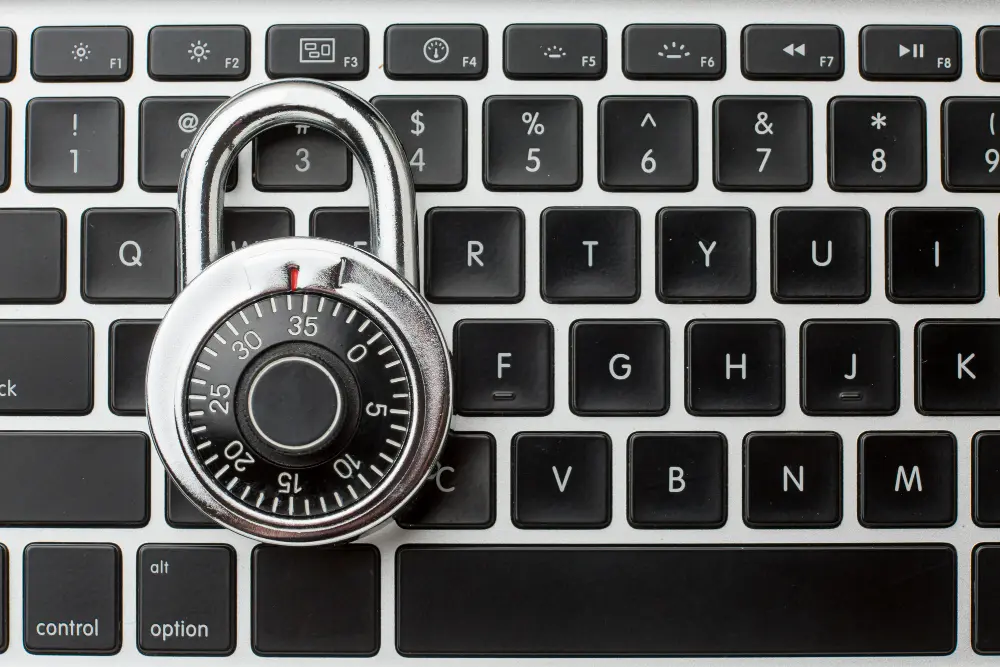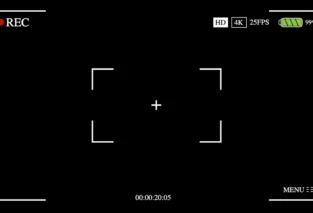
From online courses and webinars to promotional videos and entertainment content, digital assets are a crucial part of modern business and creative endeavors. However, as the industry grows, content theft and unauthorized use have become significant challenges. One of the simplest yet most effective ways to combat this problem is by using a feature called Domain Lock.
The Problem: Video Content Theft is as Simple as Copy-Paste
Imagine you’ve produced a high-value video course and are selling it on your website. A malicious user can use simple tools to find the embed link for your video and post it on their own website or blog. As a result, visitors to that site can watch your content for free, without you ever knowing. This not only hurts your revenue but also diminishes the value of your exclusive content.
This issue, also known as “Hotlinking,” consumes your server’s bandwidth (as the video is still loaded from your server) while providing you with no benefit.

How Does Domain Lock Work?
Domain Lock is a security feature that allows you to specify which domains (website addresses) are authorized to play your video.
The process is straightforward:
- Create a Whitelist: In your video hosting service’s control panel, you enter one or more specific domains. For example:
www.mywebsite.com. - Verify Playback Request: Whenever a browser attempts to play your video, the server first checks which domain the request is coming from.
- Make a Decision:
- If the request comes from a domain on your “whitelist” (e.g.,
www.mywebsite.com), playback is permitted, and the video is displayed to the user. - If the request comes from an unknown or unauthorized domain, the server denies permission, and the user sees an error message or a blank screen.
- If the request comes from a domain on your “whitelist” (e.g.,
This way, even if someone steals your video link and embeds it on their site, it won’t play for their visitors.
Key Benefits of Using Domain Lock
- Prevents Theft and Unauthorized Distribution: This is the primary and most important advantage, protecting your content from being used without permission.
- Preserves Revenue and Content Value: By restricting access to your intended audience, you prevent revenue loss from sales or subscriptions.
- Reduces Bandwidth Consumption: Since videos won’t play on other sites, your server’s bandwidth isn’t wasted.
- Easy Implementation: Activating this feature is typically simple and doesn’t require complex technical knowledge, often just a few clicks in your video service provider’s panel.

Vidprotect: Taking Video Security to the Next Level
While Domain Lock is a powerful and essential security layer, complete protection of video content, especially for educational courses and sensitive material, requires more advanced tools. This is where specialized video security platforms like Vidprotect come in.
Vidprotect is a highly secure video hosting and playback service specifically designed to prevent the downloading and theft of video content. In addition to offering Domain Lock, this platform provides content creators with a suite of advanced security features.
Key Security Features of Vidprotect
- Advanced Encryption: Vidprotect uses multi-key encryption technologies to protect video files. This means that even if someone manages to download video segments, the files are unusable and unplayable without the dynamically generated decryption keys.
- Adaptive Streaming Technology: The platform breaks the video into small chunks and encrypts each chunk separately. This method not only significantly increases security but also optimizes playback quality based on the user’s internet speed.
- Dynamic Watermarking: One of Vidprotect’s most powerful tools is the ability to add a variable watermark. The system can display user information (such as their name, phone number, or IP address) as a subtle, moving watermark on the video. This ensures that if a user attempts to screen-record the content, their identity remains in the recorded video, discouraging its distribution.
- Domain Lock and Geolocation Restrictions: In addition to Domain Lock, Vidprotect allows you to restrict video playback based on the user’s geographical location (e.g., only for IPs from a specific country).
- Prevents Common Download Tools: Vidprotect’s security architecture is designed to block popular tools and browser extensions like IDM (Internet Download Manager), making video downloads nearly impossible.
Conclusion
Domain Lock is a fundamental and necessary defensive shield for anyone publishing video content on the web. This feature alone can prevent a large portion of common abuses. However, for businesses and instructors for whom content security is a top priority and who are looking for a comprehensive solution to combat unauthorized downloading and screen recording, investing in specialized platforms like Vidprotect is a smart and vital decision. By combining Domain Lock, advanced encryption, and dynamic watermarking, these platforms provide multi-layered and robust security for your valuable video assets.


